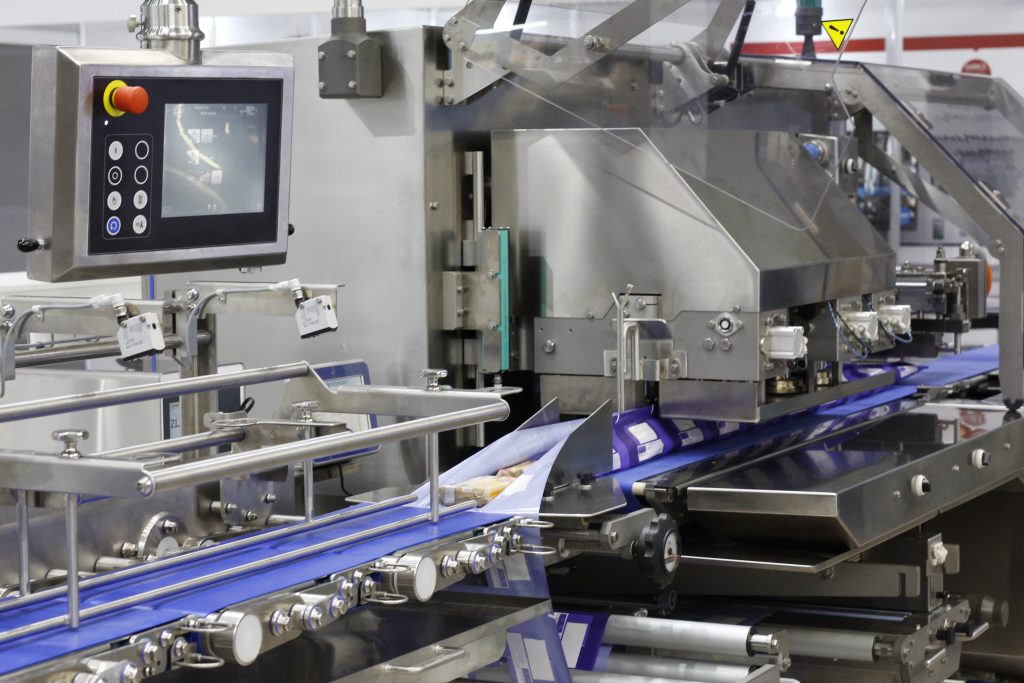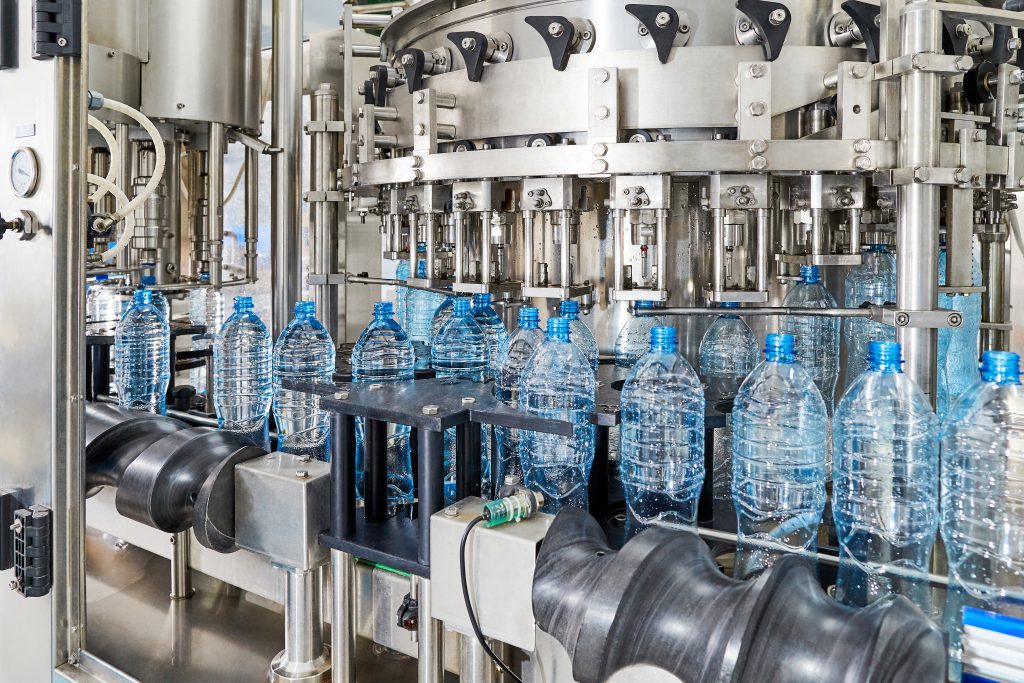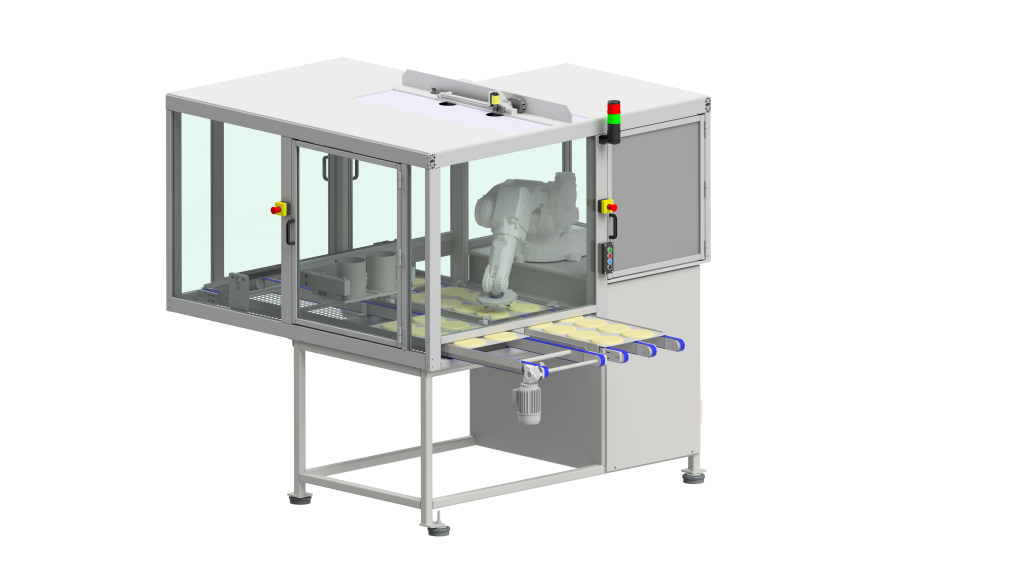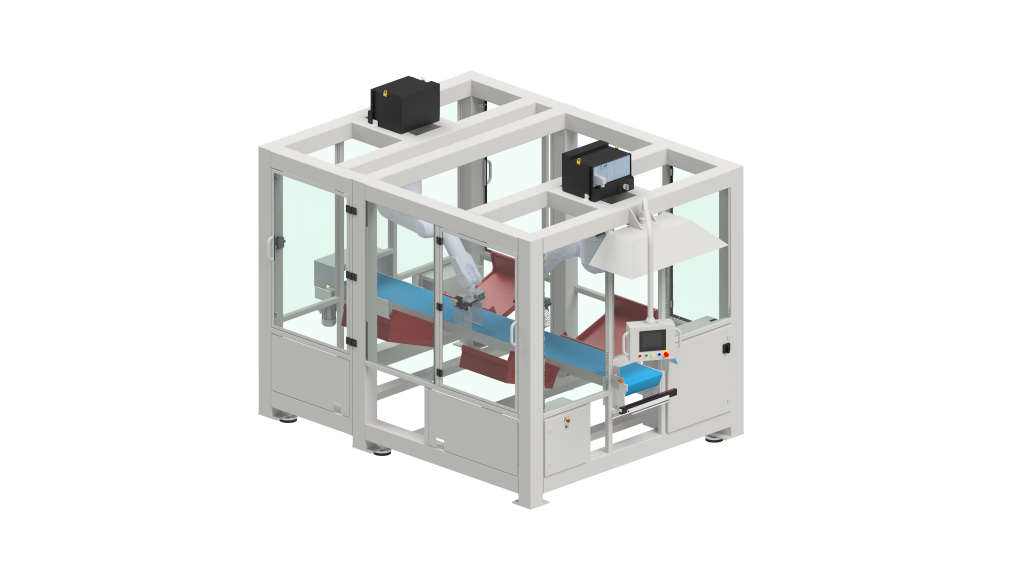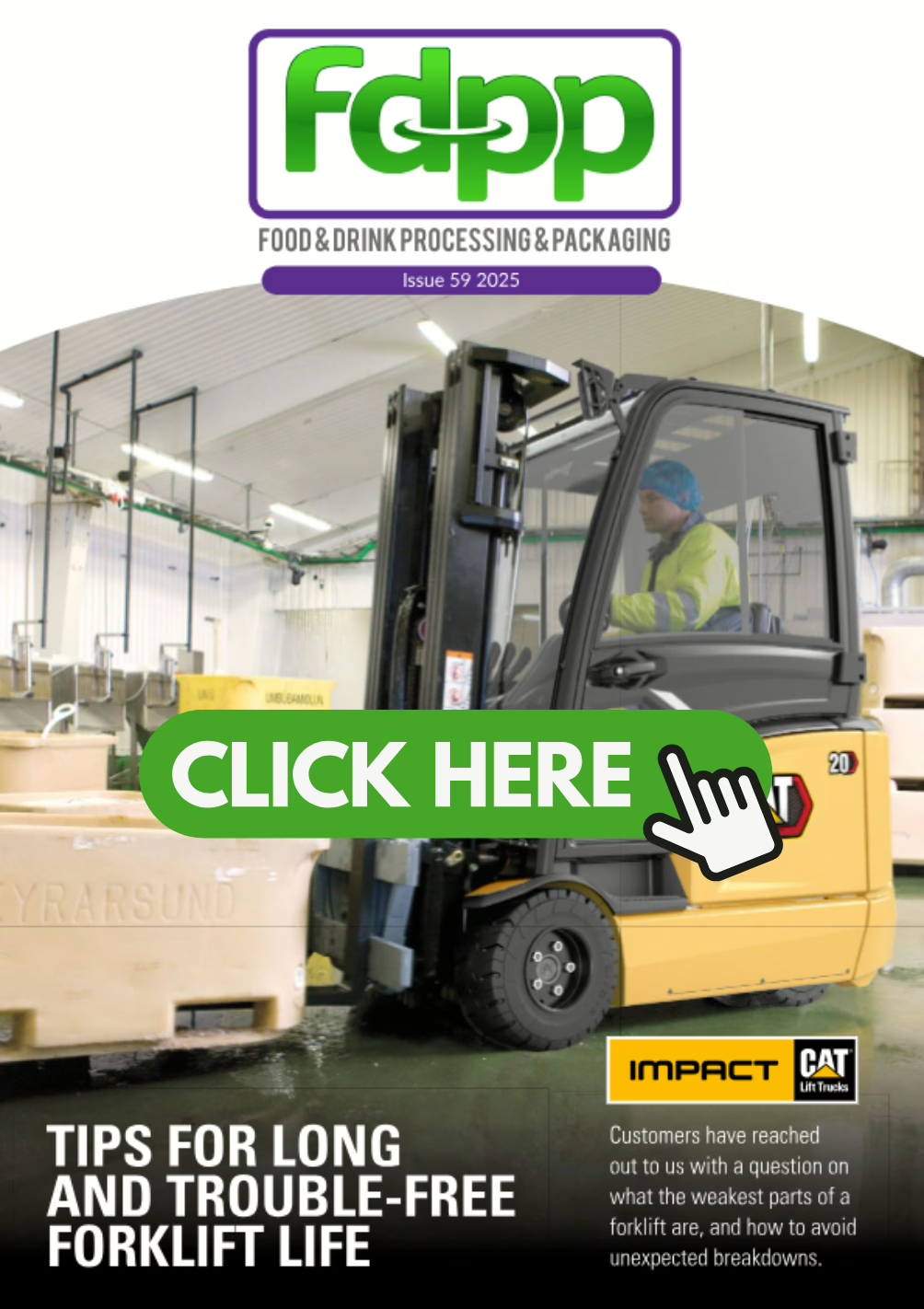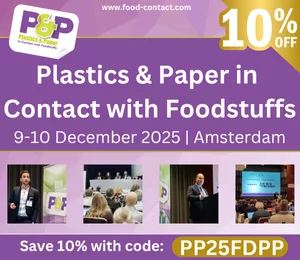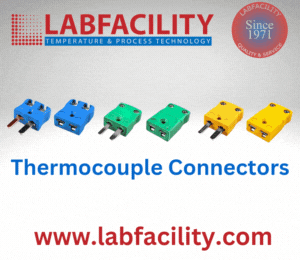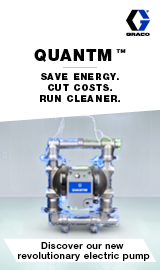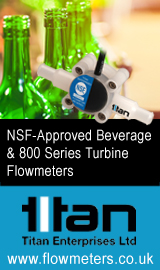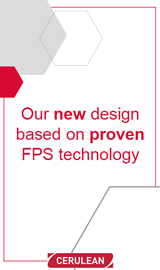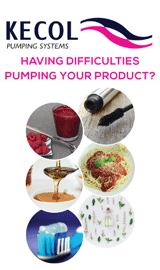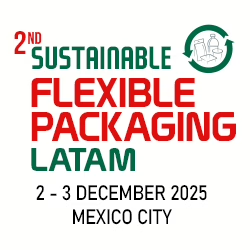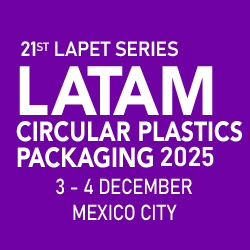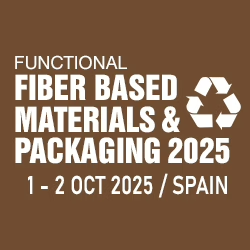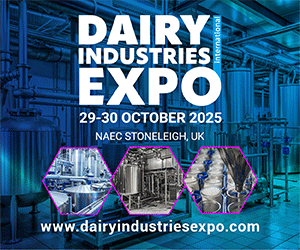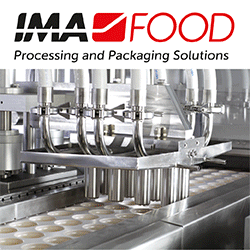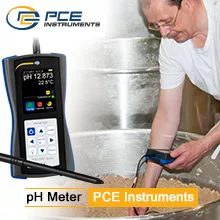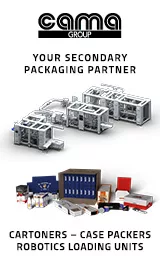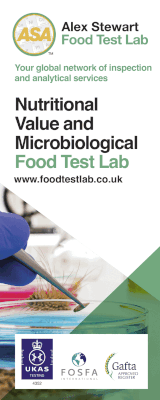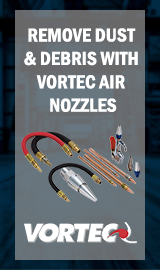WHAT INFLUENCES THE COSTS OF FOOD & DRINK AUTOMATION?
Food environments require extremely high levels of cleanliness and high quality control, therefore the equipment used has to withstand wash-downs, chemical and steam cleaning. The control hardware used in these production machines, such as motors, control cabinets, HMI control interfaces, all need to be of a standard to withstand cold and damp environments that also need to be of wash down quality. The downside of this is the increased cost due to the higher level of IP (Ingress Protection) rating to ensure these devices are suitable for such hazardous condition.
A common task in the food industry is cutting and slicing. Millions of sliced and diced food products, such as salmon, ham, chicken, etc. are purchased every year. This task can, on the face of it, be simple, however, doing this for high volume processing can prove difficult. Chicken fillets can be different sizes and density when cooked or uncooked, even by adding flavouring can change the characteristics and therefore the cutting and slicing process becomes ever more complex as the variants increase. This again can require the equipment used to be a much higher specification than normal, bringing an increased cost.
OPTIMISING PACKAGING TO SUIT AUTOMATION
Secondary automation applications within the food industry have become a little less complicated but can still have some issues. Bringing packaging into the manufacturing process requires systems that can feed cartons and trays for the food to be inserted into. Normally these applications require high and reliable feed rates to ensure a constant supply of packaging for the process.
Shelf space within supermarkets costs money and therefore the final packaging needs to be as compact as possible, whilst being able to “hold” as much product as possible. Part of the problem this causes from an automation suppliers point of view is that the packaging, although beneficial to the end-user, i.e. supermarkets, it can add many complications. This can add a lot of additional equipment to ensure the product is orientated correctly to suit the supermarket’s requirements.
Food manufacturers, supermarkets and machine builders have to work together to align the requirements. Although the best compact packaging and shelf-ready boxes may suit the end consumer, there is no reason why the food product shapes cannot be changed slightly to allow for simpler automation and compact packaging.
AUTOMATING TO IMPROVE FOOD SAFETY
Although we have been looking at what influences the cost of automation in the food industry, let us look at this from another point of view and asking how much it will cost if manufacturers do not.
Manual handling of products can in itself create risks from contamination, loss of concentration and mistakes can be made. With even the best standard operating instructions in place, there is always the possibility that hair, nails or other materials can end up in the product.
Therefore, not only potentially creating a health risk to the end consumer but also damaging the manufactures brand quality and reputation, causing an expensive product recall process.
HOW HAS SP AUTOMATION & ROBOTICS SUPPORTED THE FOOD & DRINKS INDUSTRY?
It is key for the food industry leaders to look at adopting new technologies and use them where they are required. This may involve developing new processes to suit exactly what they require. Working closely with automation companies and packaging experts can simplify the end solution.
At SP Automation & Robotics we have worked with a diverse range of companies helping to automate processes from shrimp shell removal to the filling of whiskey bottles and labelling.
We have worked closely with a leading bread manufacturing company and built a bread handling system to package wrapped loaves into baskets to allow the product to be safely and economically transported to the supermarkets.
SP Automation and Robotics were commissioned to design and build an automated short bread handling and cutting system for a well-known manufacturer of shortbread. This increased manufacturing output, improved the quality of the final product and helped to remove manual and receptive tasks.
If you are considering automating your processes within any industry then get in touch with us to discuss your requirements. Our sales engineers cover the whole of the UK and Ireland and cover a diverse range of industries.

Email: info@sp-automation.co.uk
Website: www.sp-automation.co.uk
Tel: +44 (0)1382 880088

